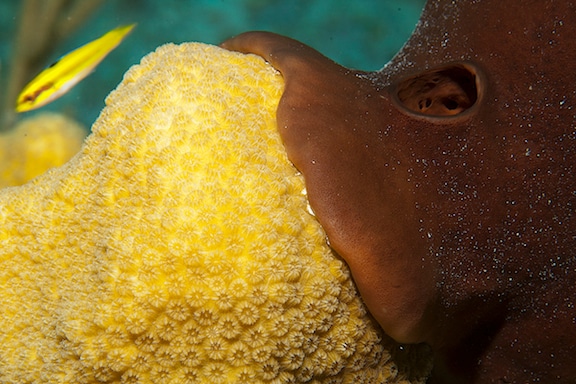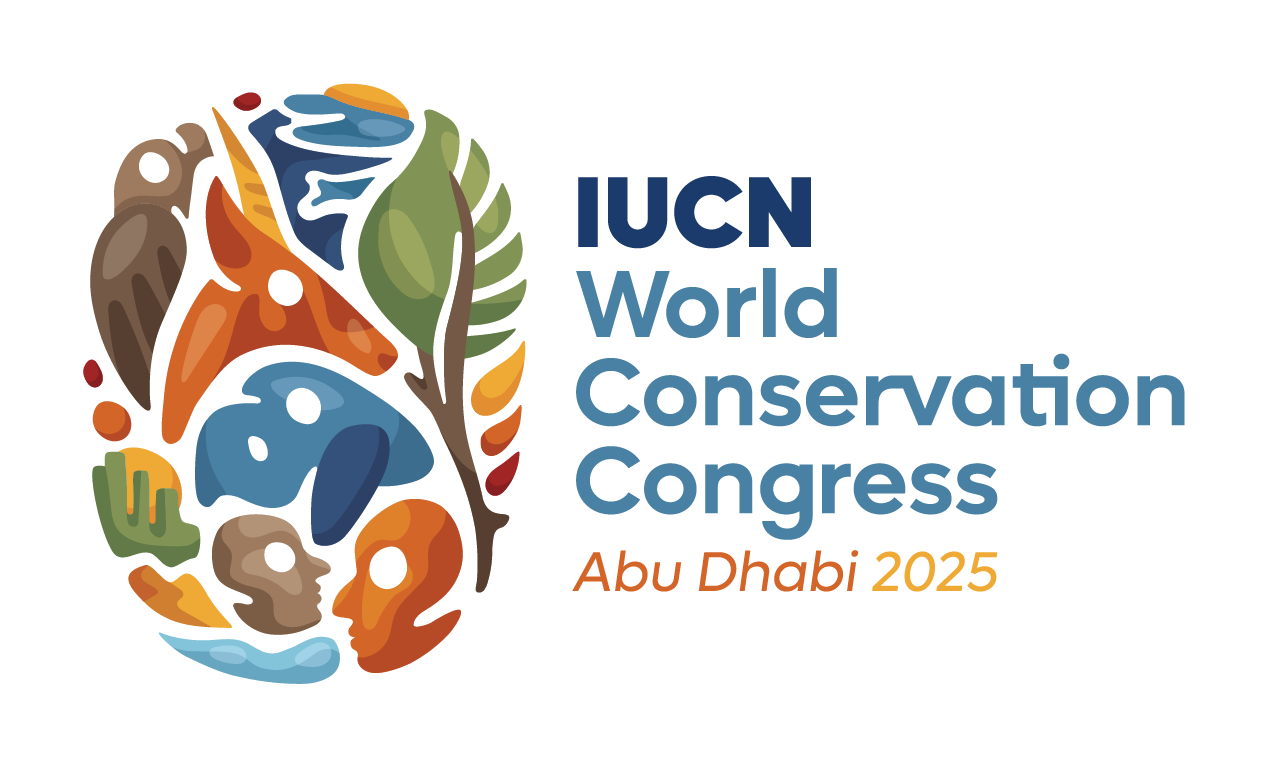In 1997-1998, the marine equivalent of a massive and destructive forest fire overwhelmed numerous coral reefs around the world. Caribbean coral biologists still speak of the coral bleaching event of 1998 in reverential tones. A powerful El Niño season was a factor in generating extreme tropical sea surface temperatures. As a consequence, over-stressed corals everywhere released their symbiotic algae known as zooxanthellae [zoh-zan-thel-ee]. This phenomenon is known as coral bleaching.
Millions of microscopic zooxanthellae play a critical role in a coral colony’s ability to both metabolize, and process waste. The tiny algae also give corals their color. When zooxanthellae are released into the water column, the remaining coral head appears as white as its underlying calcium carbonate skeleton; hence the name ‘coral bleaching.’ A coral colony can survive for a limited time without zooxanthellae, as long as environmental conditions return to normal. Slowly, new zooxanthellae will reappear in the coral tissues, and the corals, although susceptible to disease and algal overgrowth, having a fighting chance of recovery. However, in 1998, conditions did not level out and an estimated 16% of the world’s corals died (Wilkinson 2000). In some regions, the rate of mortality was probably much higher, and the relatively shallow western Caribbean and Bahamas were likely hit especially hard.
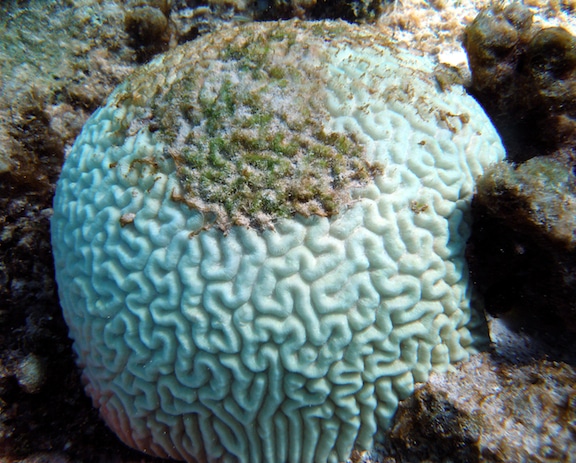
To understand our initial observations taken at eight study sites on Hogsty Reef, thirteen years after the 1998 massive coral bleaching event, let’s return now to the forest fire analogy. Imagine large, healthy coral heads on a reef as the old growth trees of a forest. When a raging fire burns through a forest, it destroys almost all of the young seedlings and saplings, leaving behind only a few of the strongest old-growth trees. However, any remaining live trees are weakened and damaged by the fire and are susceptible to diseases and parasites. The surviving trees are also responsible for reseeding the forest with the next generation of seedlings.
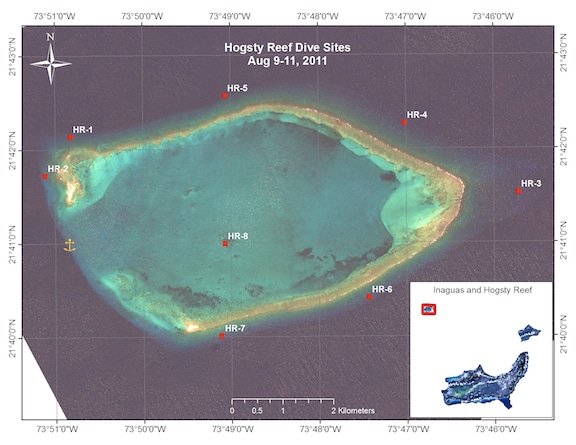
An equivalent situation took place in 1998 on many Caribbean coral reefs. Coral bleaching struck corals of all sizes and many were subsequently destroyed. Only a few “old-growth” colonies remained scattered throughout the once thriving reefs. Unfortunately, these enduring corals were also deteriorating and inclined to contract various coral diseases, or to become overgrown by competing algae, sponges and other encrusting invertebrates. Their ability to spawn and disperse new coral polyps (the individual coral animals that will drift, settle, and multiply to form new colonies) is limited.
- An example of a brown encrusting sponge (right) overgrowing a stony coral, in this case Montastraea faveolata (left)
During each dive, Living Oceans Foundation researchers measure how much new coral recruitment, and by which species, is taking place at the study site. Their aim is to find out which corals are successfully reproducing and colonizing the reef, and at what rate this is taking place. Recent research has shown that in many parts of the Caribbean where several corals in the genera Montastraea (star corals) and Acropora (staghorn and elkhorn corals) used to dominate the reef as the “old-growth” corals, these species are currently barely recruiting. Instead, the scientists are finding smaller corals with a faster population turnover. This is akin to a forest that has lost most of its large trees and is now dominated by small bushes and weedy shrubs instead of young trees.
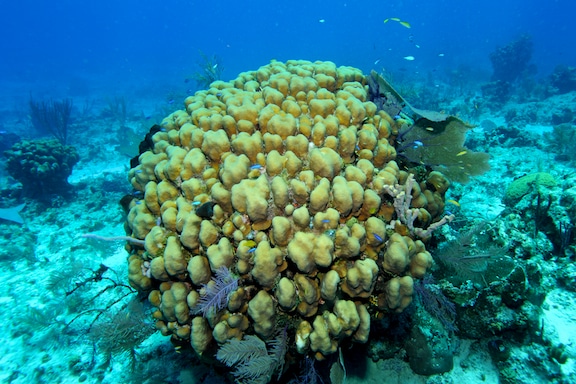
So far, initial surveys of Hogsty reef are supporting this trend. Young corals in the genera Agaricia (lettuce corals), Siderastrea (starlet corals), Diploria (brain corals), and Porites (finger corals) are plentiful. These successful recruits are an indication that the forest is in fact re-growing, but in a different way that we’ve known in the recent past. Considering that coral reefs have only been studied in the last 100 years, the Global Reef Expedition has the potential to add a wealth of knowledge to worldwide understanding of coral reefs and coral recruitment.

Written by Kit van Wagner
(Photo/Images by: 1 NOAA, 2 Amanda Williams, 3 & 5 Ken Marks, 4 CAPT Philip Renaud)
To follow along and see more photos, please visit us on Facebook! You can also follow the expedition on our Global Reef Expedition page, where there is more information about our research and our team members.

